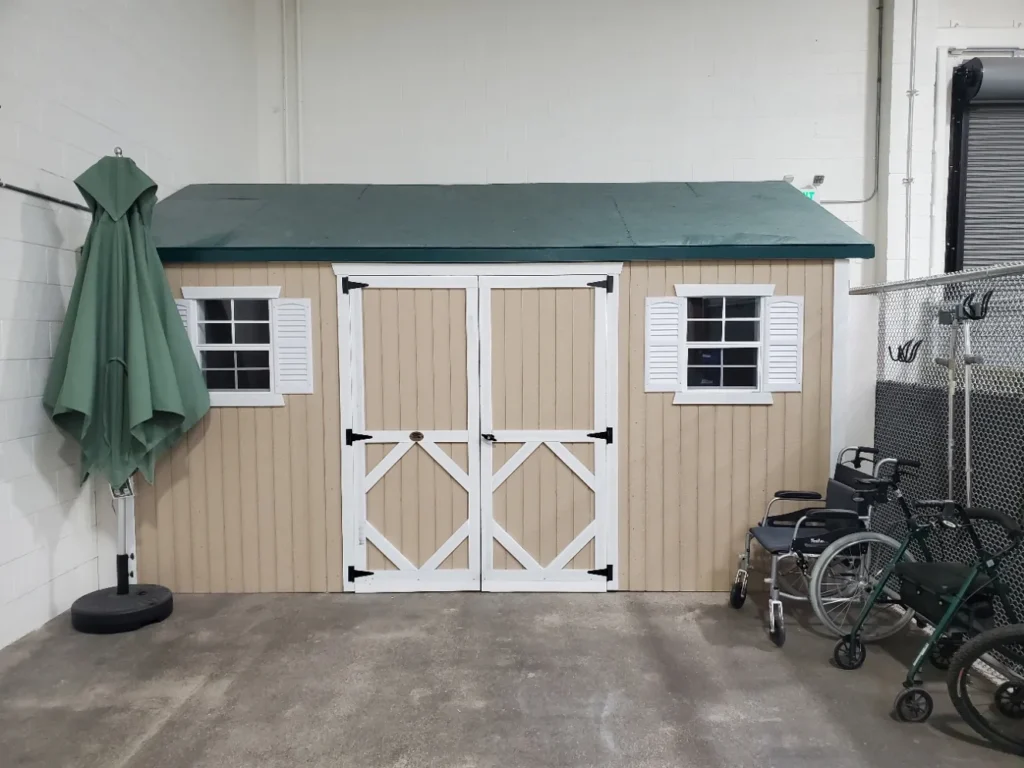Now that the Ranger Station is up and running, we wanted to begin to share some of the additional training and activities we can offer at Pet Camp.
One area of the Ranger Station is a desensitization area. We have an array of things your dog is exposed to while out and about in San Francisco: skateboards, bicycles, wheelchairs, etc. Additionally, we have a room where we can work on your dog’s response to auditory stimuli. Yes, some of these sounds are typical “street sounds” such as sirens, trucks, motorcycles, and whatnot; but we can also work with your dog on becoming accustomed to “household sounds,” including doorbells!
We know your dog is going to bark when your doorbell rings. Frankly, we’ve bred dogs for generations to respond to this kind of stimuli and, if you think about it, you want your dog to alert you when someone approaches your home, apartment, etc. The issue, we suggest, is not the initial barking, it’s the failure to stop barking, and that’s where the “quiet command” comes into play. We are using the term “quiet” here but any word (as long as you’re consistent) will work. Some of you may recall that we wrote about this command several years ago, but the Ranger Station along with our expanded ability to provide dog training for specific issues and the desensitization area made us want to share some new thoughts on this topic.

Here are 5 “easy” steps to get this done:
Step 1: Find a Victim or Go To The Ranger Station
Ok, “victim” isn’t the right word, but in the past, to work on this command, you needed to find someone to ring your doorbell a bunch of times whom you knew well but that your dog would still bark at (at least to start). At the Ranger Station, we can achieve this stimulus using a recorded doorbell sound and practice in our “sound room,” without bothering you, your neighbors, or your volunteer doorbell ringer.
Step 2: Ring the Bell & Let the Barking Begin
Ring the doorbell and let your dog bark.es, we know the goal is quietness but, for now, barking is fine. Use your “quiet” word once (just like any command).
Step 3: Wait
Be patient and wait for your dog to calm down. Your dog may become bored or tired – it doesn’t matter.
Step 4: Reward
At the exact moment your dog stops barking (even if it’s just for a second and you “know” they’re going to start back up) reward your dog.
Step 5: Repeat & Repeat
It will take time and it can get frustrating but keep your cool and keep working with your dog. At some point, depending on your dog and your efforts, your dog will learn the “quiet” command. Yes, your dog will still bark at the doorbell, but you’ll be able to have a quiet dog, a quiet house, and happier guests with just a single word.
Thanks for reading.
Pet Camp remain San Francisco’s oldest and most award winning pet care facility. Certified green and still family owned and operated, Pet Camp offers overnight care for dogs and cats, dog day care for both dogs that enjoy group play and those that need options beyond group play, dog training, bathing and pet transportation. If you have a question about your dog or cat, feel free to give us a call and chat with one of of the counselors.